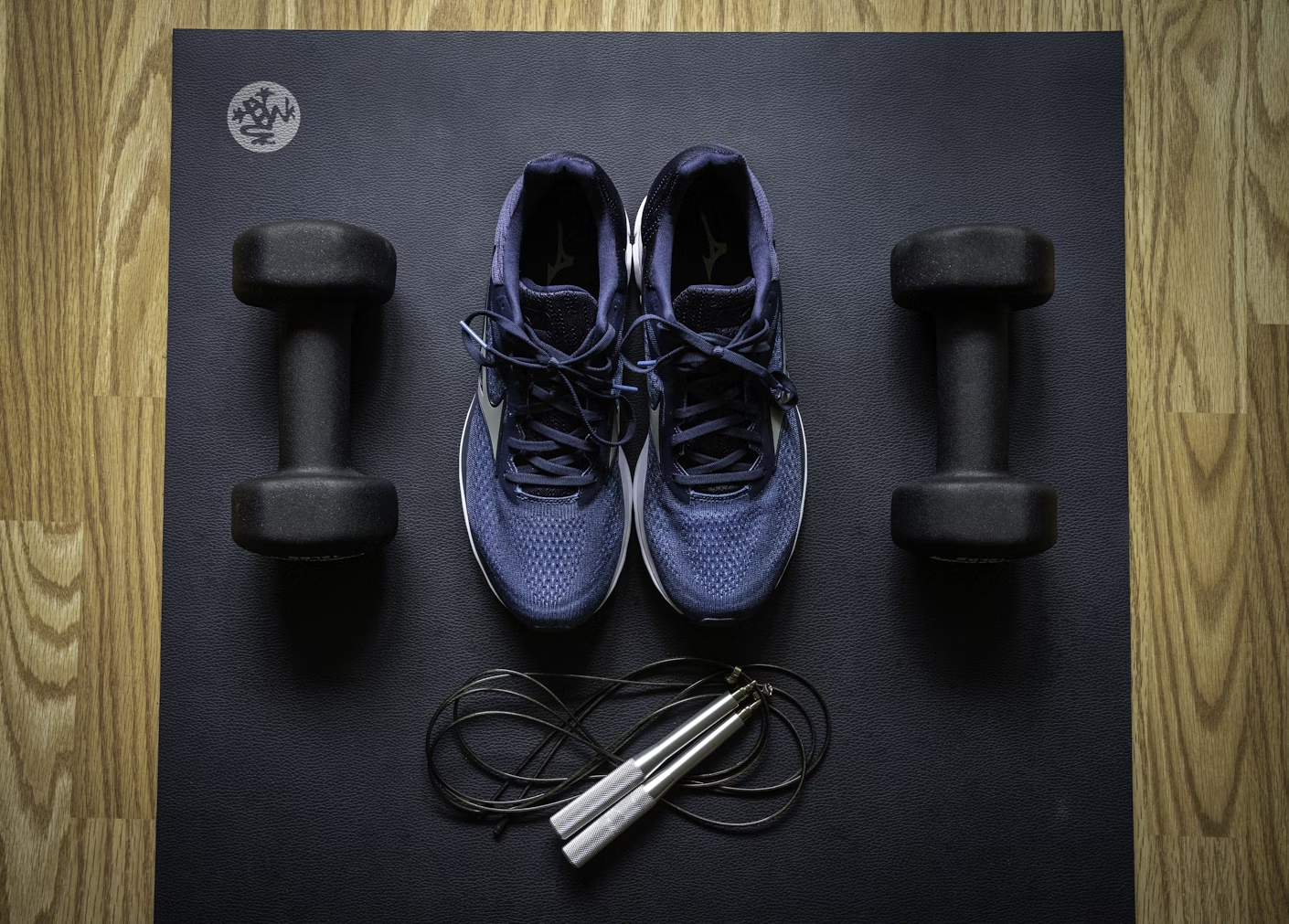Build Your Fitness Plan: A Smarter Way to Stay on Track
Healthy’s Summary
A fitness planner can do a lot more than just track reps or workouts. Done right, it becomes your accountability buddy, motivation booster, and progress journal—all in one. Whether you’re brand new to working out or trying to upgrade your current routine, having a fitness planner gives you clarity, structure, and that satisfying sense of momentum.
The best part? It doesn’t have to be complicated. A solid fitness planner can be as simple as a weekly schedule and a few goals—or as detailed as you want with nutrition tracking, mood check-ins, and recovery notes.
The best fitness plan is the one that matches your lifestyle, goals, and energy—not someone else’s. Age, experience level, and time availability all play a role in what “sticking to it” really looks like for you.
Find out what this means for me.
Why a Fitness Planner Isn’t Just Another Thing to Fill Out
You don’t need a million tools or apps to get fit—but you do need a little structure. That’s where a fitness planner comes in. It’s not about logging every rep or turning your workout into homework. It’s about giving your goals some shape—and your schedule some space to breathe.
A good fitness planner isn’t rigid. It flexes with your week, your energy, your mood. Some days you’re all in. Other days, the win is getting outside for a 10-minute walk. Either way, writing it down gives it weight—and helps you notice patterns that otherwise fly under the radar.
Most of us don’t need more motivation. We need a plan that reminds us why we started and makes it easier to keep showing up. That’s what this tool is for.
What Should You Include in Your Fitness Planner?
This depends on your goals, but a few foundational pieces can help almost everyone:
- Weekly workout schedule: Include strength, cardio, mobility—or just the type of movement (even a walk counts).
- Goal tracking: Are you working on building muscle, losing fat, managing stress, or just moving more days than not?
- Mood and energy notes: Not every day is going to feel amazing. Tracking how you felt can help you learn what works best for your body.
- Rest days and recovery: These are part of the plan, not a break from it.
- Progress check-ins: Think monthly—not daily—weigh-ins, photos, or strength benchmarks.
Some people also add things like step counts, hydration goals, or even notes on sleep and nutrition, especially if they’re part of a bigger wellness goal.
Paper, App, or Spreadsheet? What to Use
There’s no one-size-fits-all here. If you’re the kind of person who loves crossing things off with a pen, a paper journal or printable template might be your jam. If you’re already glued to your phone, a fitness app or Google Sheet might be more your speed.
Paper Planners: Great for visual thinkers, goal setters, and folks who love writing things out.
Apps and Trackers: Best for on-the-go logging and built-in reminders. Some even sync with wearables.
Spreadsheets: Perfect for data lovers or people who like to customize everything.
No matter the format, the real benefit comes from using it consistently—not how fancy it looks.
Ask Healthy
Real Talk: How to Actually Stick With It
Even the best fitness planner won’t help if it ends up buried under a pile of laundry or unused in your Notes app. Here’s how to make it part of your routine:
-
- Keep it visible. Leave your planner somewhere you’ll see it—desk, kitchen counter, or home screen.
- Make it part of your check-in. Review it each week when planning your schedule. Adjust as needed (life happens).
- Track the small wins. Did you stretch after work instead of scrolling? It counts.
- Don’t punish missed days. This isn’t about perfection—it’s about patterns.
What If You Miss a Week?
You’re human. It happens. The key isn’t never missing a week—it’s getting back into it without guilt. Your planner isn’t just for recording workouts; it’s a place to reflect, learn, and reset.
The Takeaway
A fitness planner isn’t about micromanaging your workouts—it’s about making your movement more intentional. Whether you’re aiming to lift heavier, run longer, feel more energized, or just get up and move more days than not, having a plan that reflects your goals and real life makes it way easier to stick with.
Your future self (and your joints) will thank you.
Want to dig deeper?
Get in Shape: A Fresh Start
Get in Shape: A Fresh Start” helps you build sustainable habits for both activity and nutrition. Whether you’re aiming to lose weight, gain muscle, or just feel better, this program provides personalized tips, tracks your progress, and keeps you motivated. From meal guidance to fitness routines, you’ll have the tools you need to make lasting changes and see results. Let’s start strong and keep the momentum going all year long!
Enroll in one of Healthy’s Programs to log, track and learn more about your Health, one conversation at a time.
Learn More




